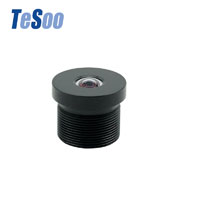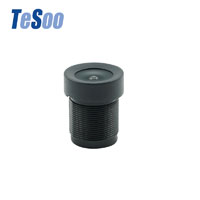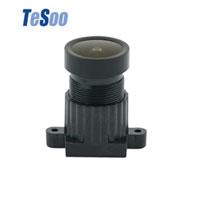Understanding the Effect of Aperture Size and Focal Length on Drone Camera Lenses
Drones are commonly used in photography and videography. To achieve great-quality images and videos, an understanding of the drone camera lens is very important. Aperture size and focal length are two of the most important elements when it comes to how a drone camera lens works. Knowing how these two elements affect a drone camera lens and the resulting images can help you make the most of your drone photography.
Understanding Aperture on Drone Camera Lenses
Aperture size is an important factor in the quality of images captured with a drone camera lens. The aperture is the opening of the lens, with a size that is measured in f-stops. The larger the f-stop number, the smaller the opening of the aperture and the less light that is allowed to enter the lens and be captured in the image. Higher f-stop numbers also create an image with a greater depth of field, which means more elements of the image will be in focus while others may be out of focus.
As a rule of thumb, when taking photos with a drone camera lens, choosing a lower f-stop number will produce a brighter and sharper image. However, if you’re looking to take creative shots with dramatic blurred backgrounds, a higher f-stop number will be better.
Understanding Focal Length on Drone Camera Lenses
Focal length is the distance from the front element of the lens to the imaging sensor of the drone camera lens. Different focal lengths are available for drone camera lenses, which allow you to capture different angles of a subject. A shorter focal length produces a wider angle view and can capture more of the subject in the same shot. Longer focal lengths magnify the subject, providing a narrower angle of view and allowing for more detailed shots.
For most drone photography, it is recommended to use a wide-angle setting with a short focal length. The wide-angle view allows you to capture more of the scene in a single shot, which can be useful for capturing landscapes and other expansive subjects. For more detailed shots of a subject, a longer focal length can be used to magnify a subject and accentuate particular details.
The aperture size and the focal length of a drone camera lens are important components that affect the quality of images captured by a drone. A lower f-stop number will produce brighter and sharper images. A shorter focal length will create a wider angle view, while a longer focal length will magnify the subject. Understanding the effect of aperture size and focal length on a drone camera lens is key to achieving great-quality images and videos.
Popular Camera Lens
Hot Camera Lens Articles

 English
English 

